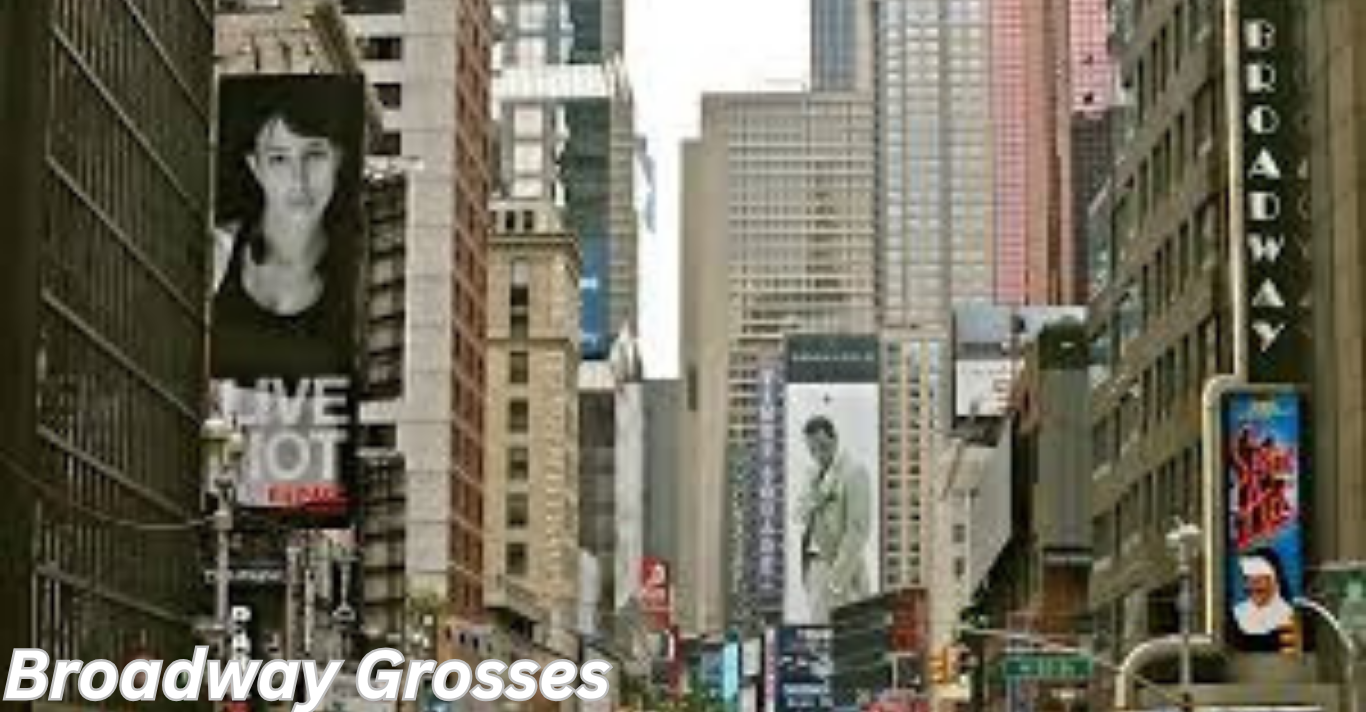Broadway is more than just a stage for mesmerizing performances; it’s a vibrant financial ecosystem that reflects the heartbeat of theater. Every ticket sold and every dollar spent reveals insights into audience preferences, economic trends, and cultural shifts. The world of Broadway grosses offers a fascinating glimpse into the industry’s highs and lows, capturing both triumphs and challenges along the way. As we dive deeper into this captivating financial landscape, we’ll explore how these numbers tell stories beyond mere statistics — they illustrate our collective love for art in its most dynamic form. Whether you’re a die-hard theater fan or simply curious about what keeps the lights on at those iconic theaters, understanding Broadway grosses will enhance your appreciation of this unique cultural phenomenon.
The Rise and Fall of Broadway Grosses
Broadway grosses have always been a vivid reflection of the theater’s vitality. Over the years, these figures have fluctuated dramatically, showcasing the industry’s resilience and its vulnerabilities.
In periods of cultural excitement, attendance surges. Hits like “Hamilton” or “The Lion King” not only captivated audiences but also set records for weekly grosses. This boom period highlights how powerful storytelling can engage people from all walks of life.
Conversely, downturns remind us that Broadway is sensitive to external factors such as economic recessions or shifts in public interest. Shows that once attracted large crowds may struggle to fill seats during less favorable times.
These ups and downs reveal more than just ticket sales; they narrate the evolving landscape of entertainment preferences while underscoring Broadway’s place in American culture. The numbers tell complex stories about what resonates with audiences—and what doesn’t.
Factors that Affect Broadway Grosses
Broadway grosses are influenced by a variety of factors. Ticket pricing is one of the most significant. The cost to see a show can vary widely, impacting who can attend.
Show quality also plays a crucial role. A captivating story, stellar performances, and strong direction often translate into higher attendance and increased sales.
Seasonal trends cannot be ignored either. Holidays or school breaks typically draw larger crowds, while summer months may see dips in audience numbers.
Additionally, marketing and promotion strategies heavily influence visibility and interest. Strong advertising campaigns can create buzz that leads to sold-out shows.
Social media presence adds another layer; it encourages engagement with potential audiences. Word-of-mouth recommendations remain powerful in shaping perceptions about what’s worth seeing on stage.
Competition from other entertainment options impacts Broadway’s ability to attract theatergoers consistently.
The Impact of COVID-19 on Broadway Grosses
The COVID-19 pandemic sent shockwaves through the Broadway community. Theaters went dark, and productions were halted almost overnight. For many shows, this led to severe financial losses that rippled through the industry.
Broadway grosses plummeted as ticket sales dropped to zero. Producers faced tough decisions regarding cast and crew payments while struggling with mounting overhead costs.
As restrictions lifted, audiences slowly returned, but the road to recovery has been bumpy. Social distancing measures limited capacity, affecting overall revenues significantly.
Many iconic shows postponed their openings or closed permanently due to sustainability concerns amidst uncertain times. Yet, resilience emerged within the community, sparking innovative approaches in marketing and programming.
Digital streaming options gained traction during shutdowns too. This evolution may reshape how future theatergoers experience Broadway beyond traditional performances in theaters.
Strategies for Boosting Broadway Grosses
Broadway grosses can be elevated through innovative marketing strategies. Engaging social media campaigns create buzz, attracting a younger audience eager for live entertainment.
Collaborations with influencers also play a pivotal role. When popular figures share their experiences, it opens up the show to new fans who may not have considered attending otherwise.
Dynamic pricing models are another tool in the box. Flexibility in ticket pricing based on demand can maximize sales during peak times while still appealing to budget-conscious theatergoers.
Enhancing the overall experience is crucial too. From pre-show events to post-performance interactions with cast members, these touches leave lasting impressions that encourage repeat visits and word-of-mouth promotion.
Creating partnerships with local businesses or tourist attractions can drive traffic as well. Bundled offers provide value and convenience for guests looking to make a night of it on Broadway.
The Future of Broadway and its Finances
As Broadway emerges from the shadows of pandemic closures, its financial landscape is evolving. Audiences are returning, but their expectations have shifted.
Producers are exploring innovative pricing strategies to attract diverse demographics. Subscription models and tiered ticketing offer more accessible options for theatergoers. This could democratize access and boost attendance figures.
Digital engagement is also transforming the way shows reach audiences. Streaming performances might become a staple alongside traditional live experiences, creating new revenue streams.
Sustainability initiatives may play a role too. Eco-friendly productions can appeal to socially conscious patrons, enhancing both box office sales and brand loyalty.
Broadway’s future finances will depend on adaptability and creativity in an ever-changing entertainment industry landscape. The pulse of theater remains strong; it’s just adapting to new rhythms.
Conclusion: Why Broadway Grosses are More Than Just Numbers
Broadway grosses tell a story that goes beyond mere figures. They represent the heartbeat of an industry pulsating with creativity, passion, and economic impact. Each dollar earned reflects not only ticket sales but also the cultural significance of theater in society.
The numbers encapsulate public interest and engagement with art. A show’s success can spark conversations about social issues, influence trends, and even inspire future generations of artists. When audiences flock to theaters, they are investing in experiences that resonate on emotional levels.
Moreover, understanding Broadway grosses offers insights into shifting audience preferences and market dynamics. Producers analyze these metrics to make informed decisions about productions ranging from casting choices to marketing strategies.
For performers and creatives behind the curtains, each performance contributes to their livelihood as well as the broader theatrical community’s sustainability. The highs of record-breaking weeks contrast sharply with periods of decline or uncertainty—each phase shaping what comes next.
As we look ahead at Broadway’s trajectory post-COVID-19, it is clear that financial health will be vital for revival efforts while audiences slowly return to theaters. Awareness around equity in access to theater will also play a key role in how gross earnings evolve over time.
Broadway grosses serve as a barometer for more than just box office success; they hold stories waiting to be told within every rise and fall—a reflection of our collective love for live performance intertwined with economic realities.




